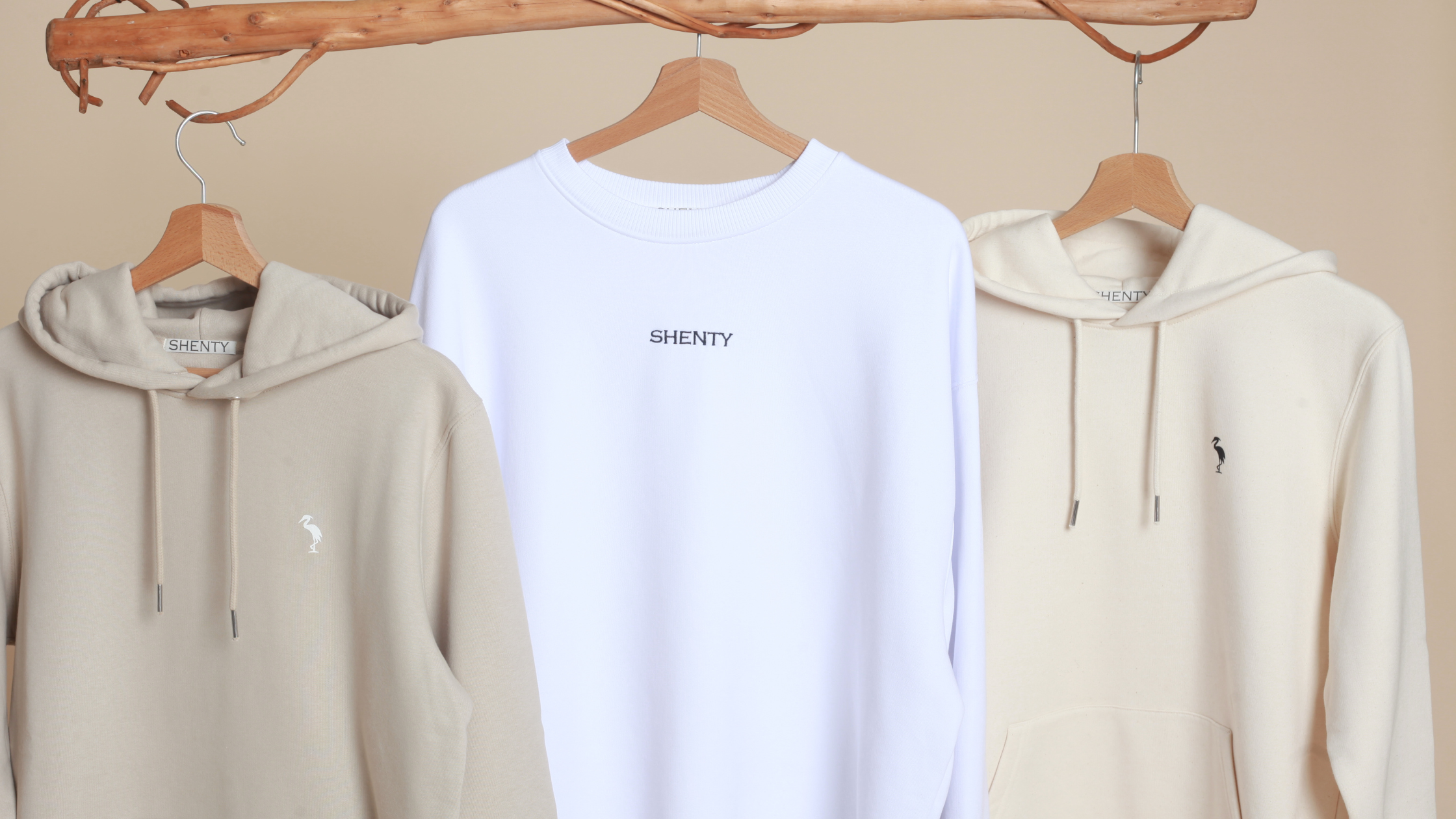Welcome back to the Shenty Blog, with this article we will try to explain in a simple and effective way the concept of "Slow Fashion" (SF) and the main differences with its counterpart, or "Fast Fashion" (FF).
In the past (as we narrate in the articles "The Birth of Shenty") we had the opportunity to work and pursue a professional career in various clothing stores belonging to the giants of the Fast Fashion sector. This experience has profoundly marked us, and the choice to create a totally sustainable brand also and above all derives from the fact that we have been at the forefront of serving the "Dark Side of Fashion".
If at first glance it may seem an exaggerated definition, we assure you that it is absolutely an ideal nickname for the FF and below we will try to explain the many reasons.
FAST FASHION: "THE DARK SIDE OF FASHION"
In the last few decades we have all participated and witnessed the rise of the FF, which in a short time managed to monopolize the fashion sector, relying mainly on two key points:
- Low-cost clothing, accessible to anyone
- Continuous news in terms of products and collections, which follow the trends and sudden changes in fashion
Thanks to these two pillars, people have had the opportunity in all these years, not only to buy clothes at cheap prices, but also to be able to change daily, varying their outfits and always having the feeling of wearing something new.
The psychological effect the FF has had on the crowd is often snubbed, but we actually believe it is the most important cog on their assembly line. The infamous "Compulsive Shopping Syndrome" was made accessible even to those people who did not enjoy a financial wealth that could afford it. Anyone has been able to go every weekend to the shopping malls, inside these huge shops, to buy that article to wear only for a specific evening, or for an occasional event.
Can you already imagine the disastrous effects that the FF has caused on the environment and humans during all these years:
- Dead land due to intensive cotton production, with pesticides and insecticides
- Water pollution due to the washing of garments made with unsustainable and poor quality synthetic materials
- Labor exploitation in manufacturing industries, with thousands of people forced to work inhuman shifts and in addition underpaid
- Philosophy of "disposable" clothes imprinted in people's minds
These are just some of the irremediable disasters caused by the FF and we have been able to see it all with our own eyes. But it is thanks to what we know today what we must not do to distinguish ourselves and oppose ourselves to Fast Fashion.
SLOW FASHION: "A NEW HOPE"
But now we come to the question that gives the title to this article, what is Slow Fashion?
In exhaustive terms it would suffice to say that it is exactly the opposite of Fast Fashion. All the characteristics inherent to the FF that we have previously illustrated do not belong in any way to the SF. The latter was created specifically to contrast and place itself in total ethical contrast with the FF, but let's analyze in detail the real differences:
- Medium / high quality clothing able to last over time
- Continuous basic or semi-basic lines with the implementation of new features on a seasonal basis
As you can see, the two pillars of the SF correspond to the exact opposite of those of the FF. By creating higher quality products, they will be guaranteed the ability to withstand over time, and thanks to their basic / semi-basic design it will be difficult for them to go out of fashion. In this way it is very likely that the garments will not be abandoned in the closet or even worse thrown away. The feeling generated in people will be that of having bought unique items of clothing, able to be worn for many years, avoiding the purchase of new ones.
It is important to specify that Slow Fashion does not always correspond to the concept of Sustainable fashion. A brand can be defined Sustainable only if it associates the concept of SF with the use of certified ecological textile fibers and adopts a sustainable ethics at 360 degrees. There are brands promoting SF that cannot however be defined as Sustainable as they do not comply with the requirements listed above. Certainly choosing products belonging to these brands will in any case be better than relying on brands belonging to the FF.
Fortunately, SF is making its way in the last few years, thanks to the greater amount of information than in the past and therefore to a greater knowledge of the masses on the environmental problems caused by pollution in the textile sector.
SHENTY: PROMOTER OF SLOW FASHION
Shenty fully adopts the philosophy of Slow Fashion, combining the characteristics of Sustainable fashion. Trying through communication and information to make as many people as possible understand how much the choice of a single item of clothing can affect our planet.
We will analyze in detail, in a future article, the main characteristics that define an eco-sustainable brand. In the meantime, we thank you for reading this important article and we will see you next week for another episode of the Shenty Blog.
